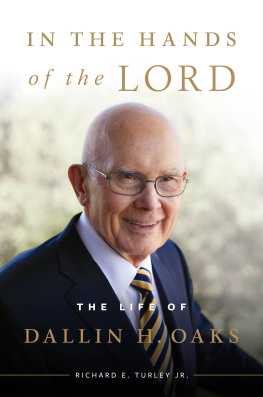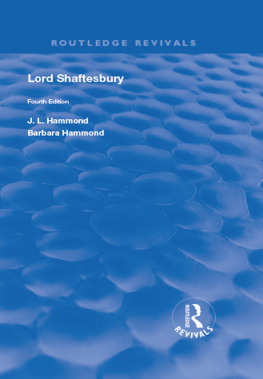Richard Turnbull - Shaftesbury: The Great Reformer
Here you can read online Richard Turnbull - Shaftesbury: The Great Reformer full text of the book (entire story) in english for free. Download pdf and epub, get meaning, cover and reviews about this ebook. year: 2010, publisher: Lion Books, genre: Religion. Description of the work, (preface) as well as reviews are available. Best literature library LitArk.com created for fans of good reading and offers a wide selection of genres:
Romance novel
Science fiction
Adventure
Detective
Science
History
Home and family
Prose
Art
Politics
Computer
Non-fiction
Religion
Business
Children
Humor
Choose a favorite category and find really read worthwhile books. Enjoy immersion in the world of imagination, feel the emotions of the characters or learn something new for yourself, make an fascinating discovery.

- Book:Shaftesbury: The Great Reformer
- Author:
- Publisher:Lion Books
- Genre:
- Year:2010
- Rating:5 / 5
- Favourites:Add to favourites
- Your mark:
Shaftesbury: The Great Reformer: summary, description and annotation
We offer to read an annotation, description, summary or preface (depends on what the author of the book "Shaftesbury: The Great Reformer" wrote himself). If you haven't found the necessary information about the book — write in the comments, we will try to find it.
Drawing extensively from Lord Shaftesburys private journals, this accessible biography shows not just the story of his lifefrom his happy marriage and many children to his acts of Parliamentbut also how his faith led and equipped him to fight for justice in society. Lord Shaftesbury was one of the best loved politicians and social reformers of nineteenth century England. His deep compassion for the poor was legendary, as were his tireless campaigns to limit factory hours, stop the use of boys as chimney sweeps and children in coalmines, and to develop universal education. As a result he changed the character of English society forever. Revealing a moving portrait of a sensitive thinker, areas covered in this important biography include his upbringing and education; his work as a politician and his campaign for mental health; his contribution towards the founding of the Bible Society; his role as a defender of the Protestant faith; his personal theology; and much more.
Richard Turnbull: author's other books
Who wrote Shaftesbury: The Great Reformer? Find out the surname, the name of the author of the book and a list of all author's works by series.











